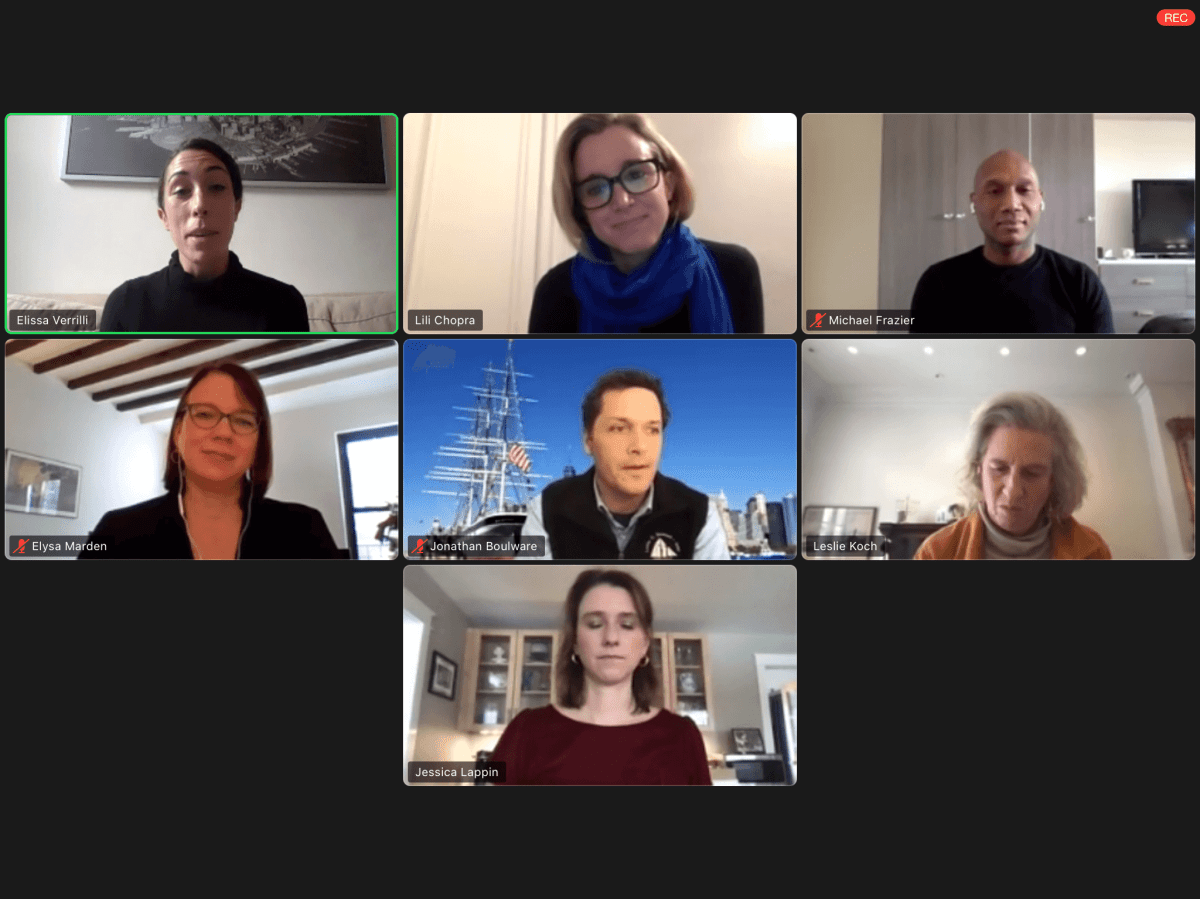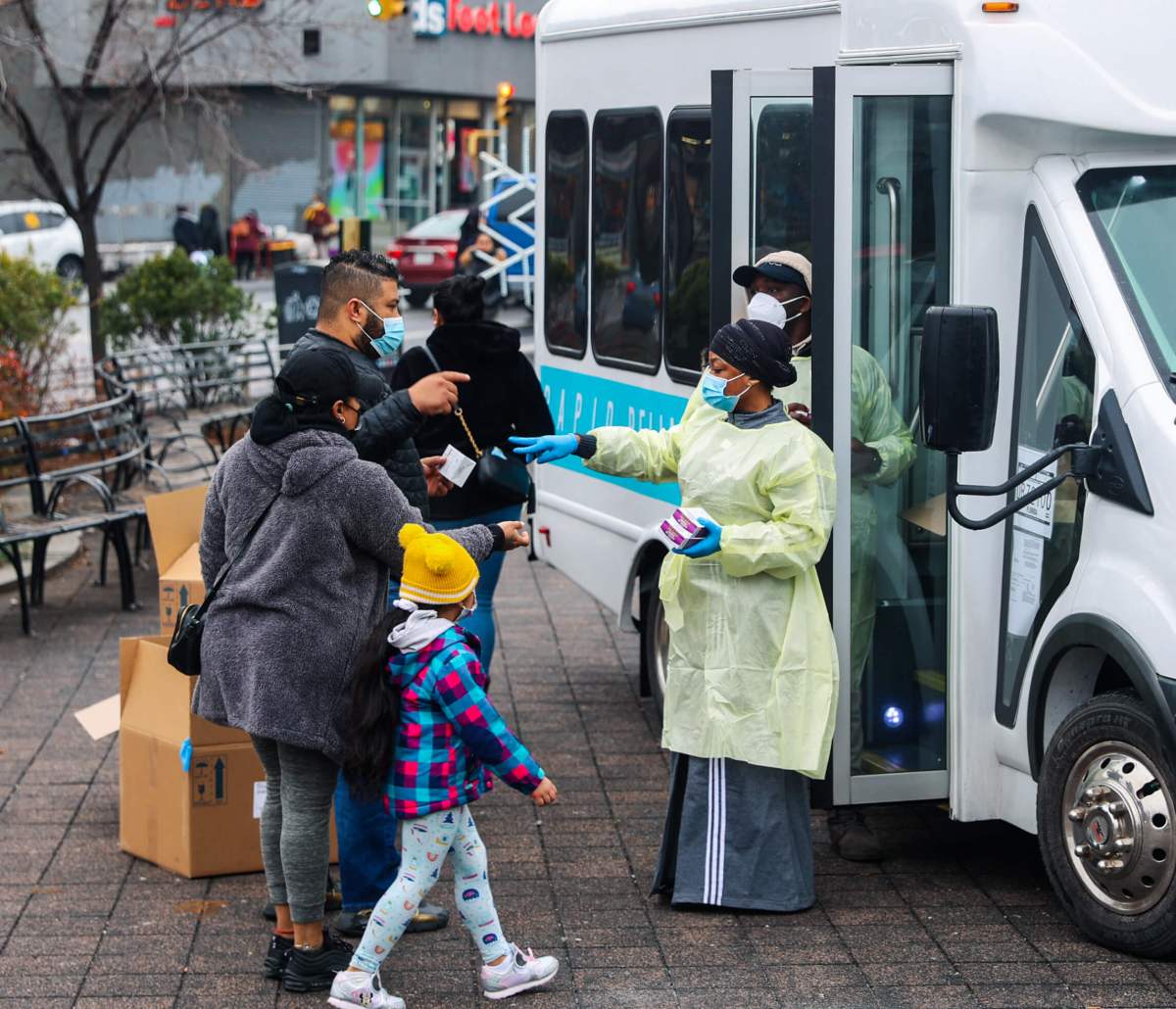Local tourist sites are pushing forward despite the many setbacks caused by the COVID-19 crisis.
New York City has long been considered one of the most popular tourist locations in the United States, and although Broadway’s lights hauntingly remain lit with empty theaters along with other shuttered attractions, some museums and cultural institutions are trudging through the economic downturn to provide educational, high-quality exhibitions.
The Alliance for Downtown New York and LMHQ are hosting a series of collaborative virtual events to help shine a light on Lower Manhattan’s dynamic institutions. On Dec. 17th, the organization held its last webinar, “Building Community through Culture,” for the year with several iconic cultural organizations to discuss how they have overcome the many obstacles put forth by the pandemic, and what enthusiasts can look forward to in the New Year.
“Today’s event feels pretty crucial considering the city’s economic climate. Cultural institutions, whether it is the 911 Museum, the Seaport, or the soon-to-be Performing Center for the Arts or LMCC, they are really the lifeblood of our city, of our neighborhoods. They are what makes New York, New York, and are what makes us special. They provide us with not just arts and culture, but I like to think that they nourish our souls, build communities, and bring people to our great city,” said Jessica Lappin, President of the Alliance for Downtown New York.
Representatives from the 9/11 Memorial & Museum, Brookfield Place, the Perelman Center for the Arts, and the South Street Seaport Museum attended the conversation. Many of these cultural centers pivoted their offerings and outreach to satisfy digital platforms over the year, which afforded them a way to rejuvenate their visions for the fixtures they represent.
Historical sites, such as the South Street Seaport Museum have been struggling to reopen since Hurricane Sandy, and just as they were almost at the finish line–ready to showcase galleries that were closed because of the natural disaster in the spring of 2020–the pandemic hit.
Capt. Jonathan Boulware, President & CEO of South Street Seaport Museum, shared that the pandemic not only prevented the reopening but it was a blow to his workers’ morale after spending years rebuilding. The museum’s budget was cut in half, and they went from a staff of 100 to just 18 individuals.
“We have managed to double down on some of the things that we do best. We do really well in online and social media programming. We are reaching new people in new ways. We have outdoor spaces. We have a pier on the East River. We have a big sailing ship which is tied up at Pier 16, we have a big open deck. We were really successful towards the end of the summer to be able to open some of those things. Just to make things easier and less contactful, we’ve removed cost for participation, which is something we are going to look hard at in terms of how we are going forward. We have actually brought in person, during the pandemic, a more diverse audience since my time here,” Boulware said.
Boulware shared the importance of protecting the way in which the South Street Seaport Museum showcases New York’s transformation from a Dutch trading site to the Financial Capital of the World.
“The 19th century trading structures, and the piers and the ships that represent the birth of the city of New York as we know it. A city that was built on a port, and the people who came here to do that,” Boulware said.
Facing a similar issue, Michael Frazier, Executive Vice President of External Affairs, 9/11 Memorial & Museum, has been attempting to veer from traditional business practices in order to keep programs running. This transition to digital was rather seamless for Frazier since he had already spent many years investing in a digital strategy to build an online audience, allowing them to remain productive and engaging to audiences remotely.
“Culture is an incredible thing, but it is something that many people cannot access. When more museums and cultural institutions go online and open up to these new audiences we are able to reach people that we never could before and I think that is incredible, particularly communities of color. I think those barriers were lowered in this pandemic, so that is a great silver lining for me,” Frazier said.
Going forward, these leaders are considering how to provide continued access to presentations while also supporting other institutions together. The pandemic has halted group tours, which was a key part of the experience. In light of this, the 911 Memorial & Museum worked with another organization to launch the Downtown Experience, which brings together the 9/11 Memorial & Museum, Statue of Liberty and One World Observatory, allowing a small group of people from the same household to enjoy their visit together.
“In that spirit, we have just launched something for people that is a partnership between us, One World Observatory, and the Statue of Liberty. People can visit all three, obviously safely, we have protocols in place, but we thought about something that we can do to make people feel inspired so that if they are going to be in Lower Manhattan, we are going to bring them down to these three iconic destinations and make it affordable,” Frazier said.
In addition to hosting a series of webinars, workshops, and other initiatives, the Alliance for Downtown New York has also awarded 11 local arts and cultural organizations with $10,000 grants to support the recovery in Lower Manhattan. The South Street Seaport and the 911 Memorial & Museum were two of the recipients.



































